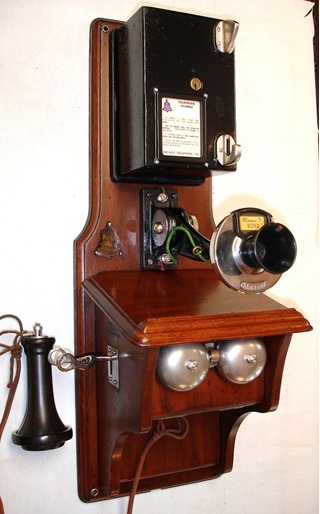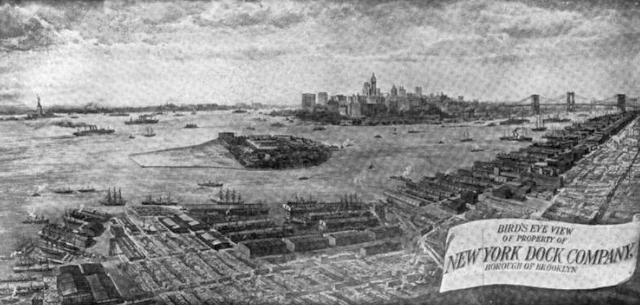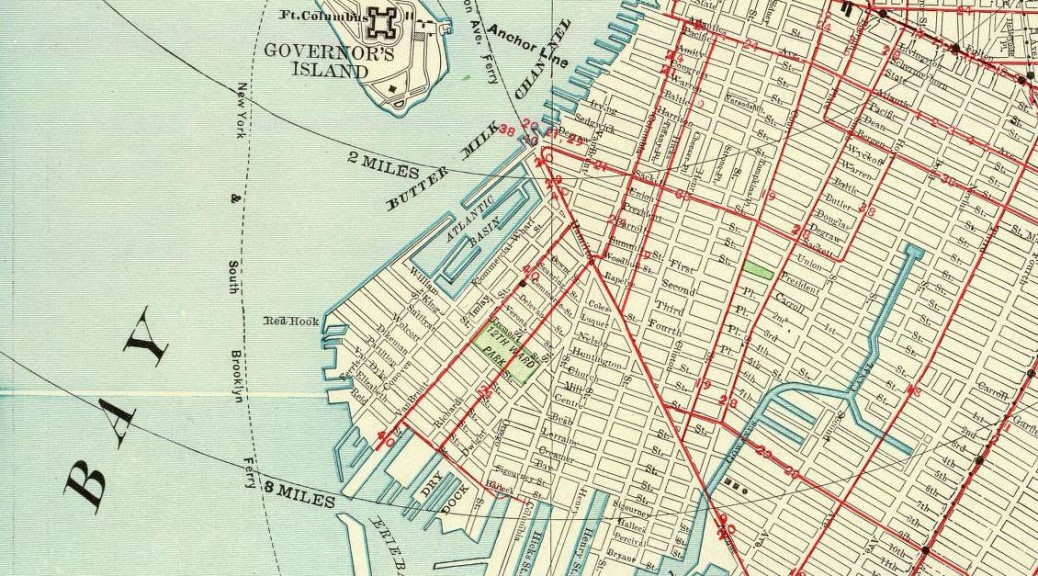Book Two - The Psychogeography of Terror
Re: Book Two - The Psychogeography of Terror
Surprised by how Andrew opens their conversation, Claude blinks a couple of times to get himself back on track. It wasn't the idea that the man may be upset with God, Claude had run into that mindset a number of times. For many, God was present when the times were good, but sorely missing when things did not go their way. What caught Claude was the admission that the man was confused often. He expected either pleas of innocence or hope of redemption. "What do you mean by confused Andrew? Are you a slave to a substance?"
- Grognardsw
- Rider of Rohan

- Posts: 12933
- Joined: Wed Jun 26, 2013 12:30 pm
- Location: ImagiNation
Re: Book Two - The Psychogeography of Terror
The wino Andrew shakes his head. "I got the hooch fever, but that ain't mean I killed them people. My mind gets mixed up some sure, but hurtin folks? Like I told the poe-lice, that bag was inside a big knapsack I picked up. I didn't know."
Re: Book Two - The Psychogeography of Terror
Claude nods his head in a knowing manner. "I understand. The devil uses every tool available to him to turn us from the path God intended us to walk. Where did you find the knapsack?"
- Grognardsw
- Rider of Rohan

- Posts: 12933
- Joined: Wed Jun 26, 2013 12:30 pm
- Location: ImagiNation
Re: Book Two - The Psychogeography of Terror
"I was out back of the Roxy, picking through some dumpsters. You know they is pretty full on show nights, all the peoples and such likin that jazz. I done grab that knapsack and some left-overs to eat."
A police officer walks in and hands Father Vaughan a note (see PM.)
A police officer walks in and hands Father Vaughan a note (see PM.)
Re: Book Two - The Psychogeography of Terror
Claude continues to nod his head in an understanding manner. Meanwhile he glances down and reads the note the officer gave him. Quizzical concern crosses his face briefly before he folds the note and places it in his jacket pocket. "Did you see anyone else near the dumpster before you arrived there?"
- Grognardsw
- Rider of Rohan

- Posts: 12933
- Joined: Wed Jun 26, 2013 12:30 pm
- Location: ImagiNation
Re: Book Two - The Psychogeography of Terror
"Noh sir, the back door was open to da kitchen," responds the wino. "I kept out of sight being they don't like people pokin through the trash. When the coast was clear I dug around some. Is the pohlice goin let me go Father?"
Re: Book Two - The Psychogeography of Terror
Claude looks down at the man's question. "No my son, I'm afraid they don't intend to let you out yet. But I believe your story and I will do what I can to release you." Claude gets up and waits for the officer to let him leave. Once outside, he will head to a public phone where there is little foot traffic and make his call.
- Grognardsw
- Rider of Rohan

- Posts: 12933
- Joined: Wed Jun 26, 2013 12:30 pm
- Location: ImagiNation
Re: Book Two - The Psychogeography of Terror
Father Vaughan places his call at a nearby pay phone.

(Call via PM.)
(Call via PM.)
Re: Book Two - The Psychogeography of Terror
Vaughn slowly returns the phone to its cradle. Things were progressing much quicker than he thought they would but it was not his to question. He then makes his way to the street to hail a cab to the train station where he would get a ticket to New York.
- Grognardsw
- Rider of Rohan

- Posts: 12933
- Joined: Wed Jun 26, 2013 12:30 pm
- Location: ImagiNation
Re: Book Two - The Psychogeography of Terror
Father Vaughan boards the train.

It rattles along to Brooklyn.

And arrives in Red Hook.



"Red Hook is a maze of hybrid squalor near the ancient waterfront opposite Governor’s Island, with dirty highways climbing the hill from the wharves to that higher ground where the decayed lengths of Clinton and Court Streets lead off toward the Borough Hall. Its houses are mostly of brick, dating from the first quarter to the middle of the nineteenth century, and some of the obscurer alleys and byways have that alluring antique flavour which conventional reading leads us to call “Dickensian”. The population is a hopeless tangle and enigma; Syrian, Spanish, Italian, and negro elements impinging upon one another, and fragments of Scandinavian and American belts lying not far distant. It is a babel of sound and filth, and sends out strange cries to answer the lapping of oily waves at its grimy piers and the monstrous organ litanies of the harbour whistles. Here long ago a brighter picture dwelt, with clear-eyed mariners on the lower streets and homes of taste and substance where the larger houses line the hill. One can trace the relics of this former happiness in the trim shapes of the buildings, the occasional graceful churches, and the evidences of original art and background in bits of detail here and there—a worn flight of steps, a battered doorway, a wormy pair of decorative columns or pilasters, or a fragment of once green space with bent and rusted iron railing. The houses are generally in solid blocks, and now and then a many-windowed cupola arises to tell of days when the households of captains and ship-owners watched the sea."

It rattles along to Brooklyn.

And arrives in Red Hook.



"Red Hook is a maze of hybrid squalor near the ancient waterfront opposite Governor’s Island, with dirty highways climbing the hill from the wharves to that higher ground where the decayed lengths of Clinton and Court Streets lead off toward the Borough Hall. Its houses are mostly of brick, dating from the first quarter to the middle of the nineteenth century, and some of the obscurer alleys and byways have that alluring antique flavour which conventional reading leads us to call “Dickensian”. The population is a hopeless tangle and enigma; Syrian, Spanish, Italian, and negro elements impinging upon one another, and fragments of Scandinavian and American belts lying not far distant. It is a babel of sound and filth, and sends out strange cries to answer the lapping of oily waves at its grimy piers and the monstrous organ litanies of the harbour whistles. Here long ago a brighter picture dwelt, with clear-eyed mariners on the lower streets and homes of taste and substance where the larger houses line the hill. One can trace the relics of this former happiness in the trim shapes of the buildings, the occasional graceful churches, and the evidences of original art and background in bits of detail here and there—a worn flight of steps, a battered doorway, a wormy pair of decorative columns or pilasters, or a fragment of once green space with bent and rusted iron railing. The houses are generally in solid blocks, and now and then a many-windowed cupola arises to tell of days when the households of captains and ship-owners watched the sea."
